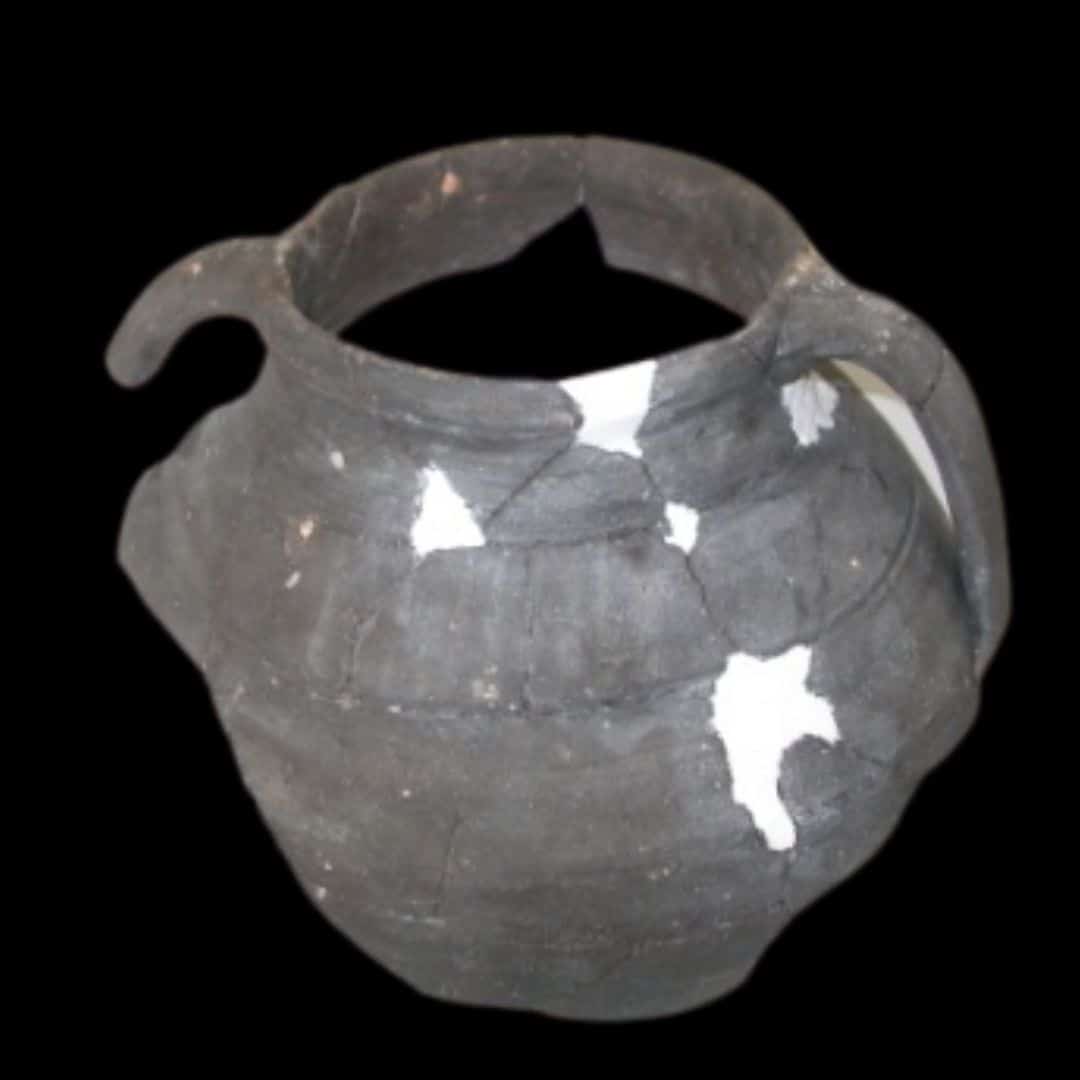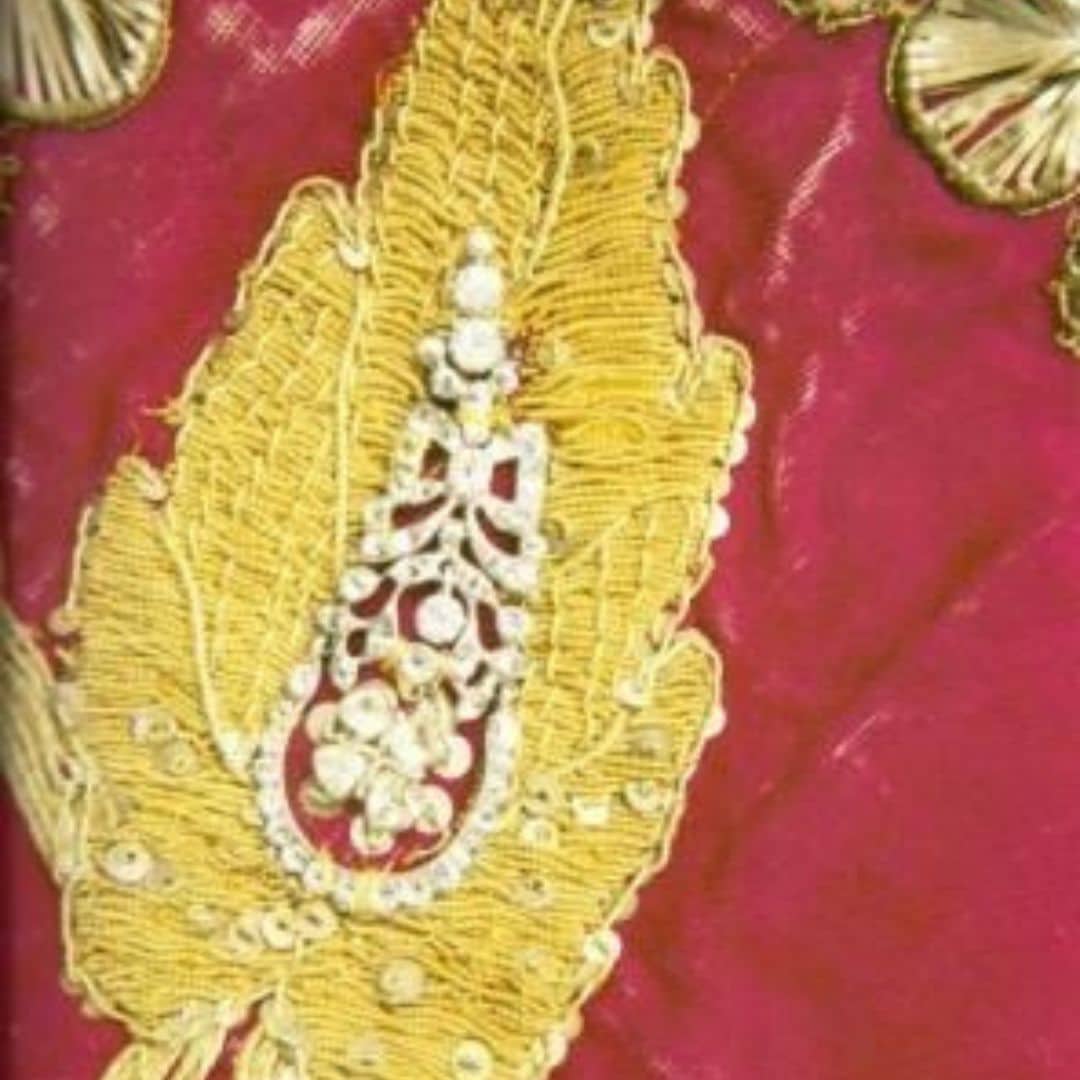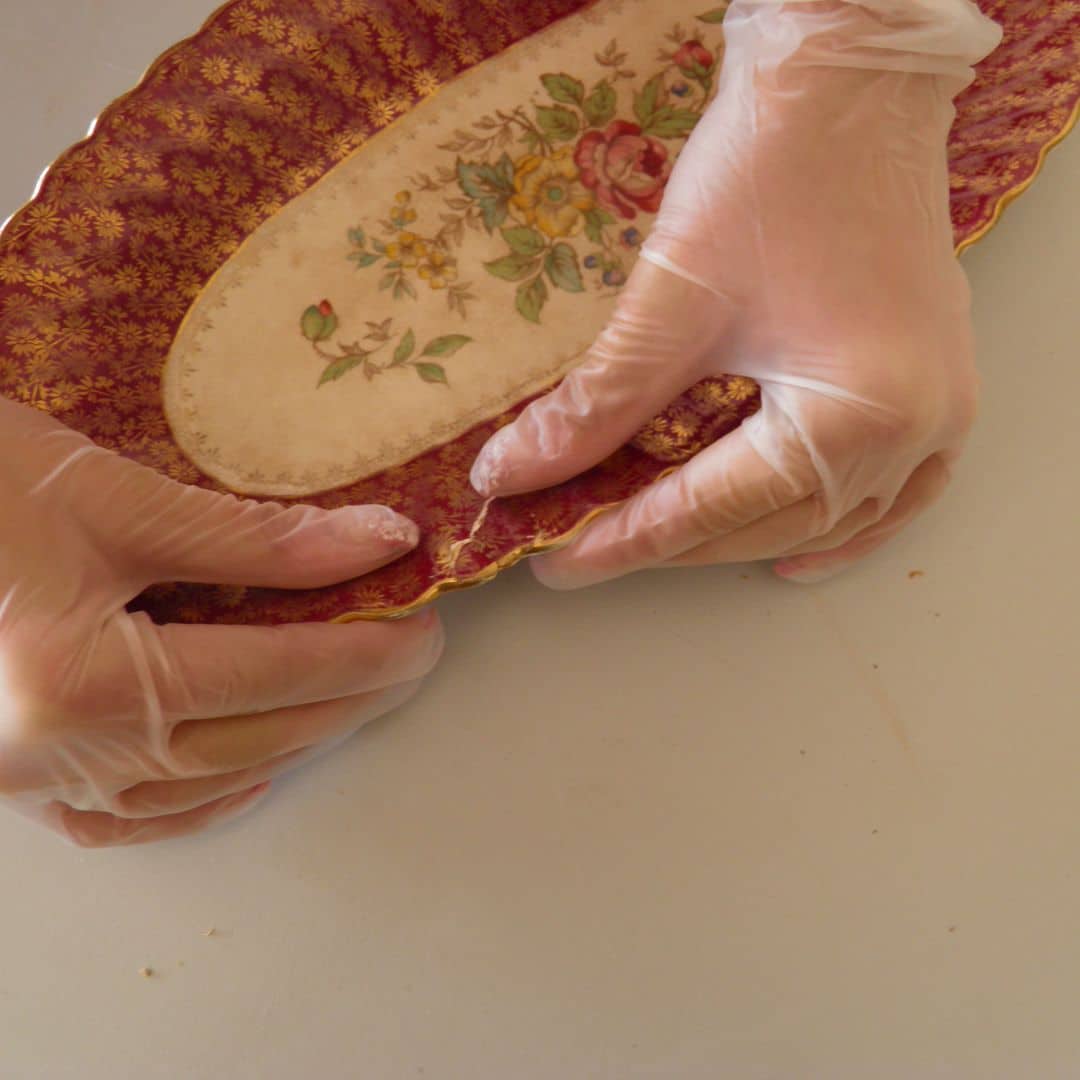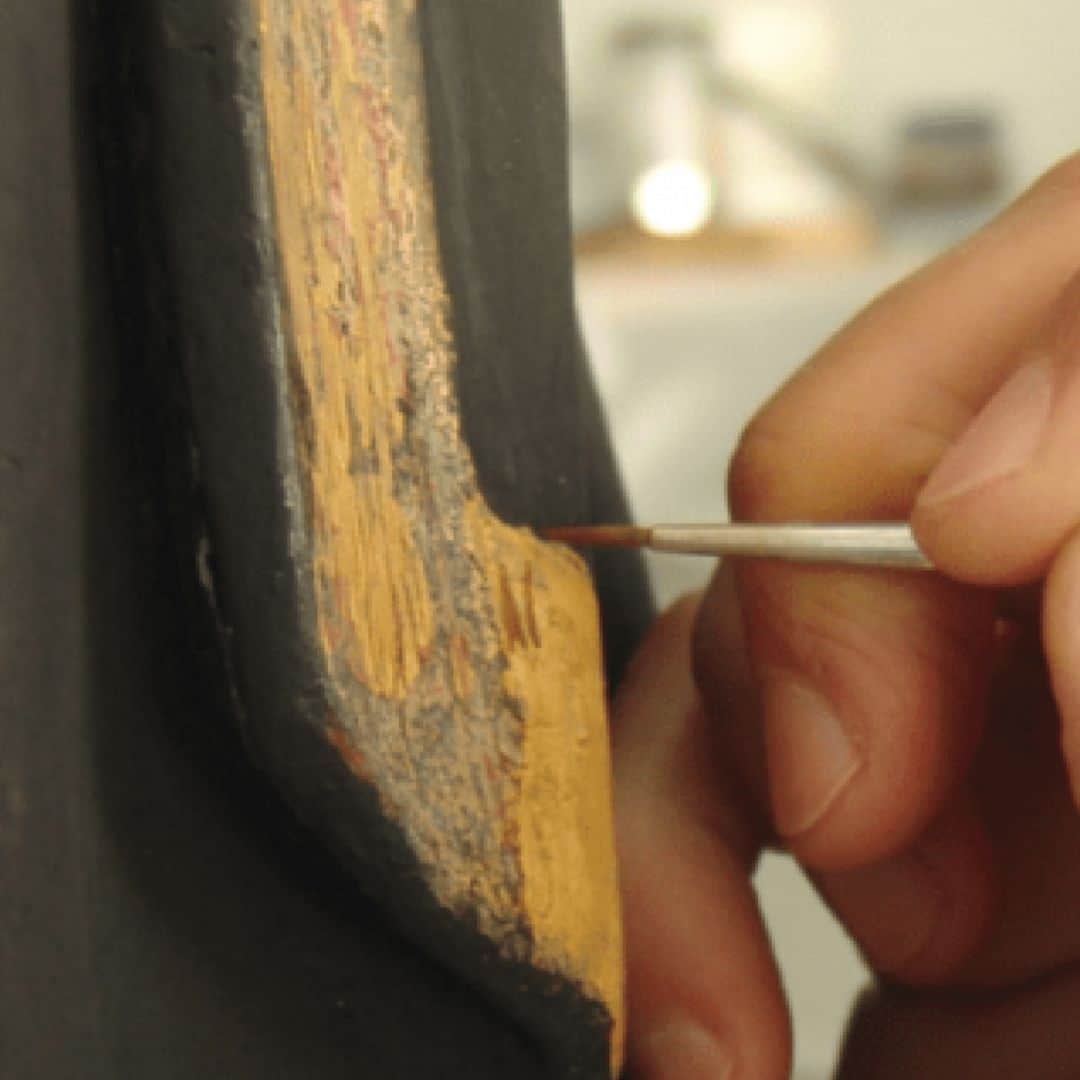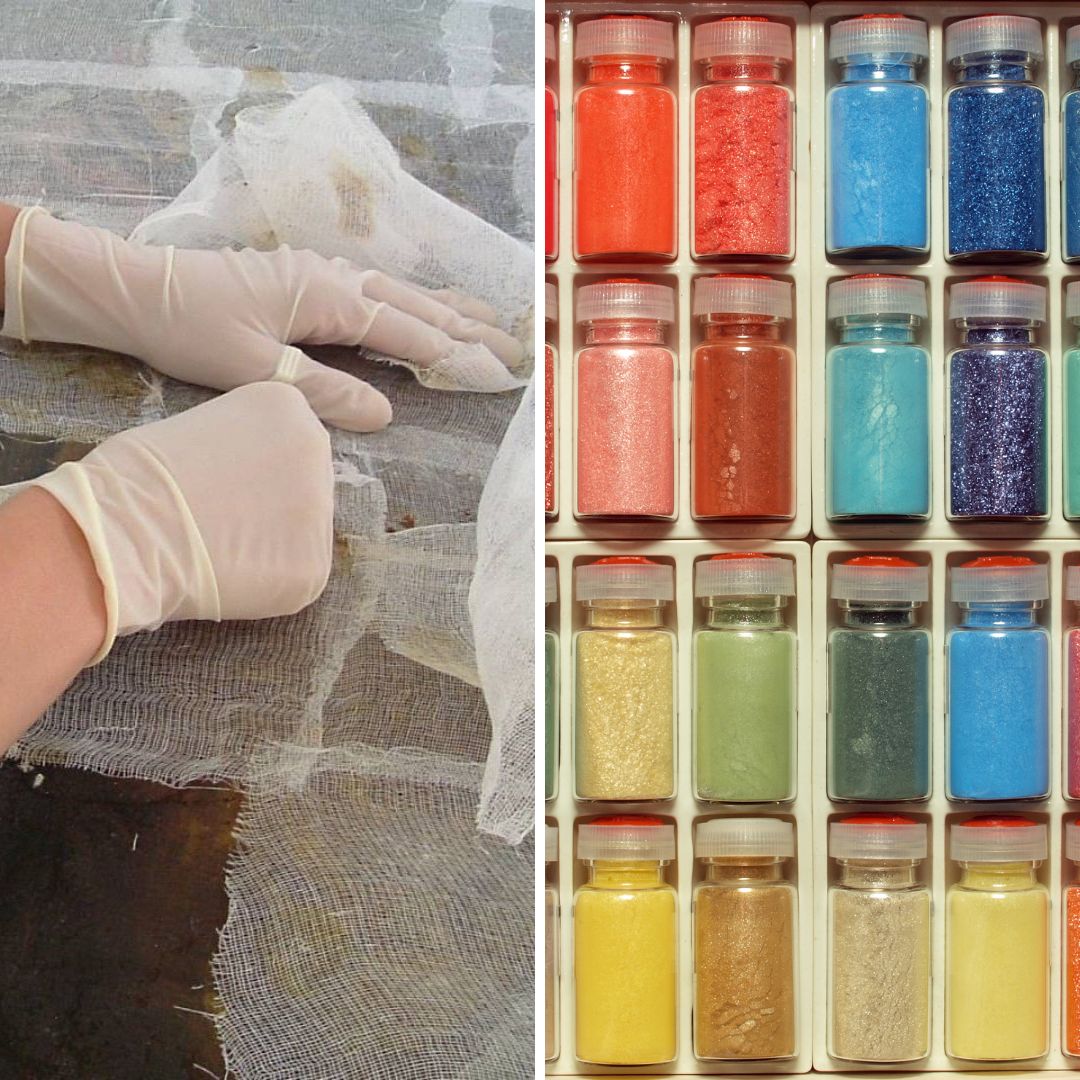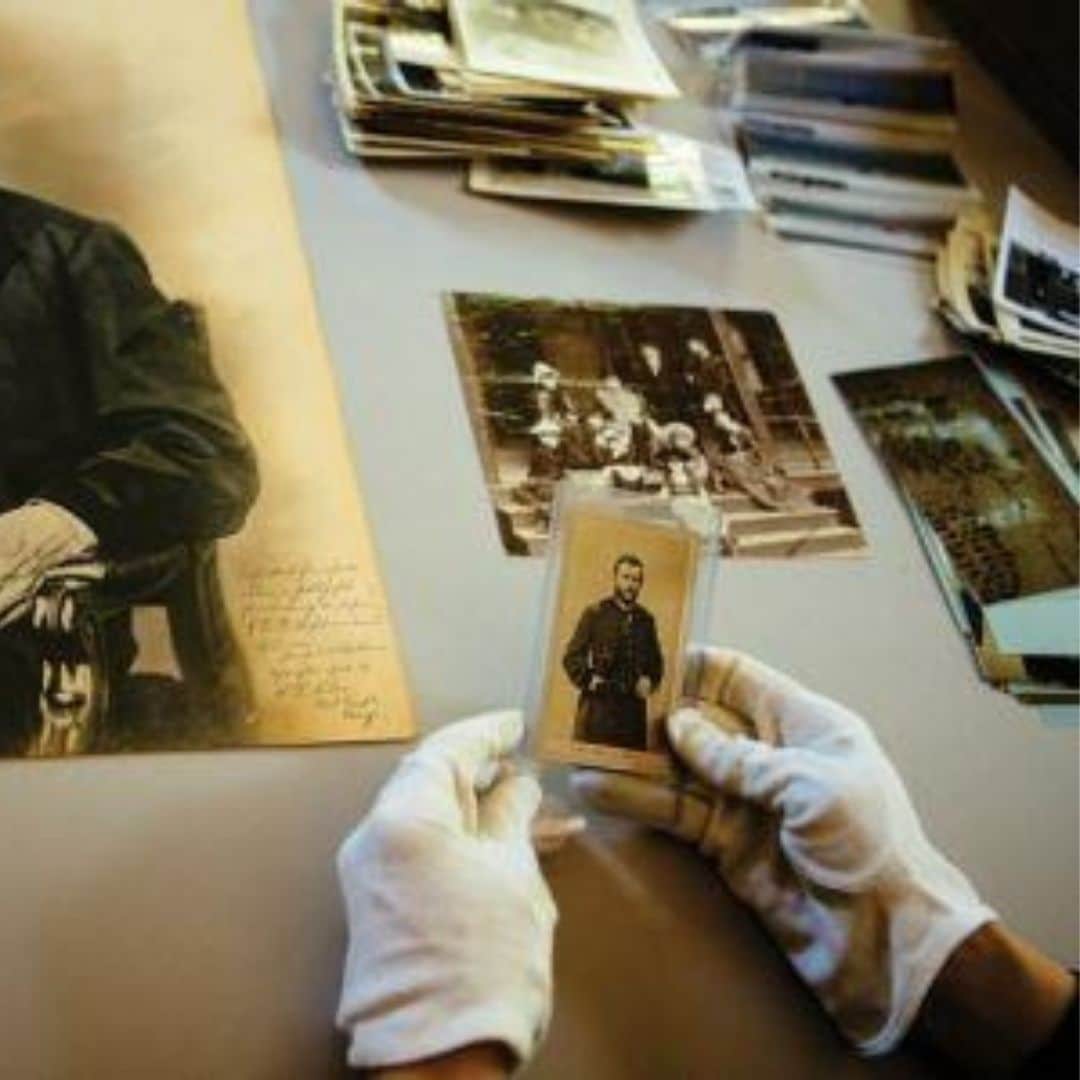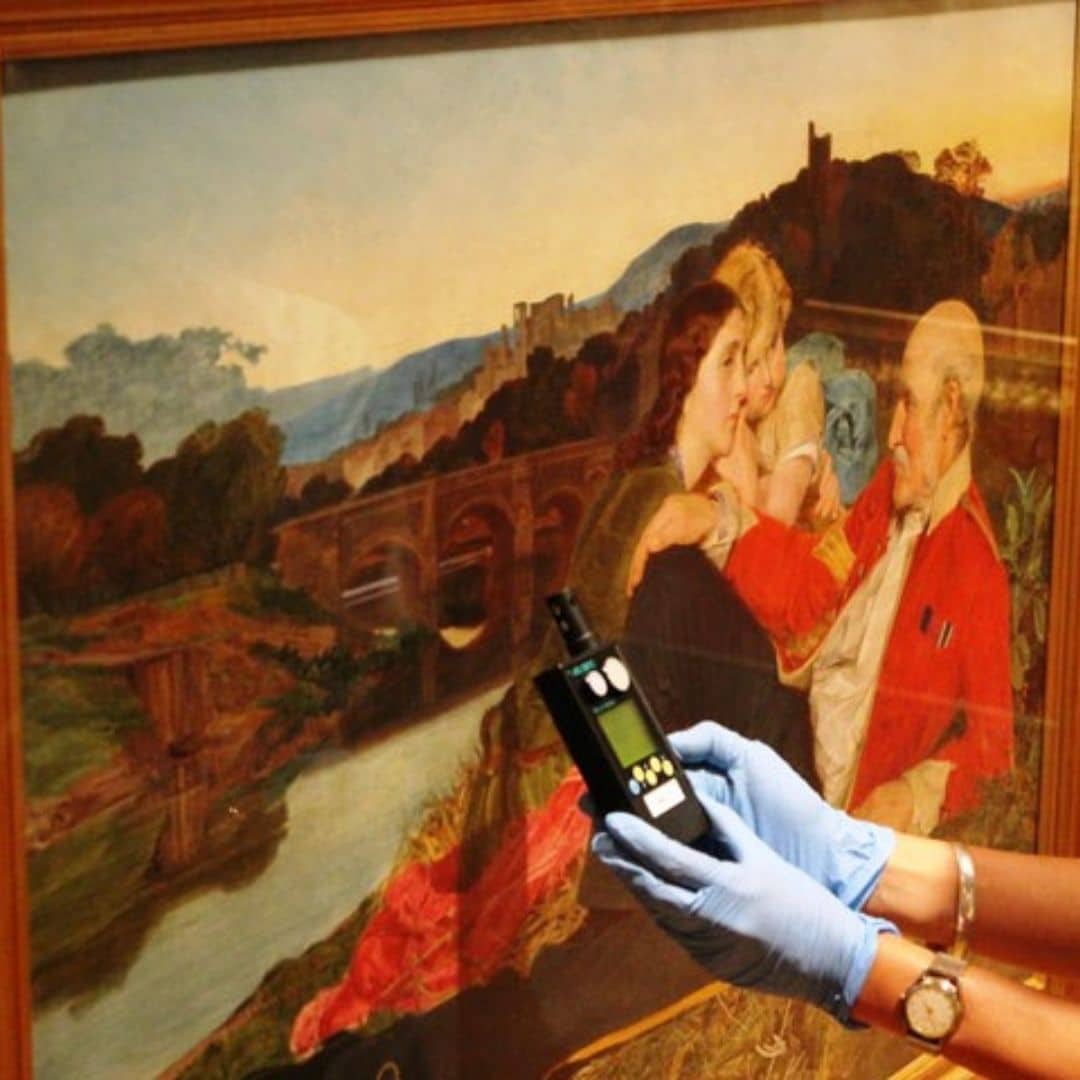We share guides for consultation and free download from the Canadian Institute for Conservation. A very important tool to conserve collections of various types and materials.
How to conserve collections – what is preventive conservation
According to the «Professional Guidelines of European Confederation of Conservator-Restorers’ Organisations» – «… Preventive Conservation consists of indirect action to retard deterioration and prevent damage by creating conditions optimal for the preservation of cultural heritage as far as is compatible with its social use.
Preventive conservation also encompasses correct handling, transport, use, storage and display. It may also involve issues of the production of facsimiles for the purpose of preserving the original.»
In other words, preventive conservation consists of indirect actions that slow down the deterioration and avoid damage by creating optimum conditions for the preservation of heritage legacy as much as possible.
These actions go from correct handling, to transport, storage or exhibition, as well as the production of copies in order to preserve the original.
The idea behind preventive conservation is, therefore, to be careful: to prevent preservation problems in order to conserve collections. And this assumption, inherent in preventive conservation, is common to all those who, directly or indirectly, deal with heritage value and whose actions aim to enhance, preserve and promote heritage.
Preventive Conservation
Online Course | Certificate | Access 24 hours a day for unlimited tima
How to conserve collections of different specific types.
Preventive conservation guidelines for collections
The Canadian Conservation Institute has made available a number of documents for free download with guidelines for various types of collections.
This resource provides integrated advice and explanations on the care of specific types of collections as well as basic care guidelines for all collections.
Its approach is based on the 10 agents of deterioration, highlighting levels of sensitivity to various risks and different levels of controls.
Get to know how to conceive a preventive conservation plan in the online course Preventive Conservation.
Caring for specific types of collections
- Caring for archaeological collections
- Caring for audio, video and data recording media
- Caring for basketry and plant materials
- Caring for ceramic and glass objects
- Caring for feathers, quills, horn and other keratinous materials
- Caring for leather, skin and fur
- Caring for metal objects
- Caring for natural history collections
- Caring for outdoor objects
- Caring for paintings
- Caring for paper objects
- Caring for photographic materials
- Caring for plastics and rubbers
- Caring for sacred and culturally sensitive objects
- Caring for textiles and costumes
The Canadian Conservation Institute is an organization of the Government of Canada that develops studies and research on preventive conservation targeting the different types of materials.
It provides various information that systematically updates on preventive conservation.


